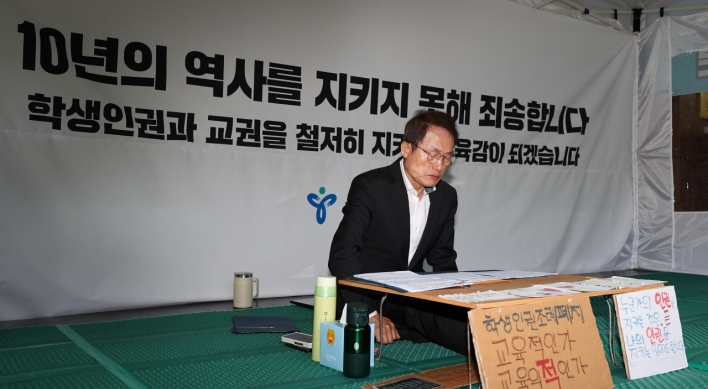Stem cell researchers from Australia have managed to successfully culture lens cells in a Petri dish, marking a big step toward curing congenital sight impairment.
Associate professor Tiziano Barberi and Doctor Isabella Mengarelli from the Monash University have successfully extracted and purified lens epithelium for the first time, and incited the cells to develop into lens cells, according to a report by the university. Lens epithelium refers to the tissue that serves as the progenitors for new lens fibers.
Barberi’s team used a technology called fluorescence activated cell sorting, a specialized flow cytometry that allows identification of the precise combination of certain protein markers. The technique enabled the team to pinpoint the desired cells from rest of the cultures.
The new discovery led some to speculate that it is a potential stepping-stone toward artificially growing parts of human eye.
Barberi said the study will eventually help cure congenital eye defects.
The problem with congenital impairment is, he explained, since the fault is wired into the DNA, the lens will keep re-growing the original impairment. He said the advancement will help develop treatment for such eye diseases.
“In the future, we will be able to take adult skin cells, for example, and turn back the clock to produce stem cells. From there, using processes like we have developed for lens epithelium, we will be able to produce diseased cells -- an invaluable asset for medical research,” Barberi said.
Barberi added that his team is now focusing on making the lab-created lenses more like those in human eyes.
From news reports
(khnews@heraldcorp.com)
<관련 한글 기사>
‘사람이 만든’ 눈알, 현실화되나?
줄기 세포를 연구하는 호주 과학자들이 수정체 세포를 인위적으로 키워내는데 성공하여 선천성 시각장애 치료 연구에 한 발짝 가까이 다가가게 되었다고 밝혔다.
모내쉬 대학의 부교수 티지아노 바베리와 이사벨라 멩가렐리 박사가 이끄는 연구진은 순수한 수정체 상피를 배양해 추출해내는 방법을 통해 수정체 세포를 인공적으로 배양하는데 성공했다고 밝혔다.
바베리 교수는 유동세포계수법의 일종인 FACS (fluorescence activated cell sorting)를 이용해 해당 세포들을 분류하는데 성공했다고 말했다.
일각에서는 이번 발견으로 인해 미래에 안구의 일부를 인공적으로 배양하는 것이 가능해질 수도 있다고 추정하고 있다.
바베리 교수는 이번 발견이 미래에 선천적인 시각장애를 치료하는데 도움이 될 것이라고 밝혔다.
그의 설명에 따르면 선천적인 시각장애의 문제점은, 장애가 DNA에 새겨져 있기 때문에 수정체의 장애를 치료하더라도 수정체가 계속해서 장애 있는 부분을 재생산한다는 것이다. 바베리는 새로운 연구와 미래에 이뤄질 줄기 세포 연구를 조합하면 이런 점을 보완할 수 있을 것이라고 추정했다.
“미래에는 예를 들어 성인의 피부 세포를 채취한 다음에 “시간을 되돌려서” 줄기세포를 생산해낼 수 있을 것입니다. 그리고 우리가 수정체 상피를 배양하는데 이용한 것과 유사한 방식을 이용해서 병에 걸린 세포를 만들어내 연구에 이용할 수 있겠죠”라고 그는 설명했다.
바베리 교수는 그의 연구진이 인공적으로 배양된 수정체를 실제 안구의 수정체와 비슷하게 만드는데 집중하고 있다고 말했다.





![[KH Explains] No more 'Michael' at Kakao Games](http://res.heraldm.com/phpwas/restmb_idxmake.php?idx=644&simg=/content/image/2024/04/28/20240428050183_0.jpg&u=20240428180321)













![[Herald Interview] Mistakes turn into blessings in street performance, director says](http://res.heraldm.com/phpwas/restmb_idxmake.php?idx=652&simg=/content/image/2024/04/28/20240428050150_0.jpg&u=20240428174656)
